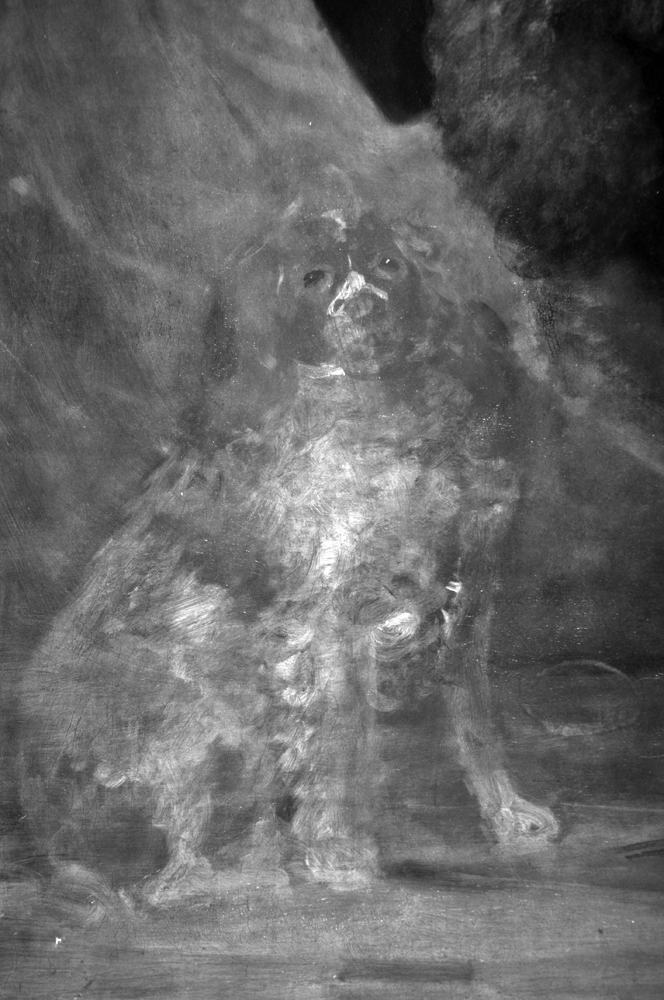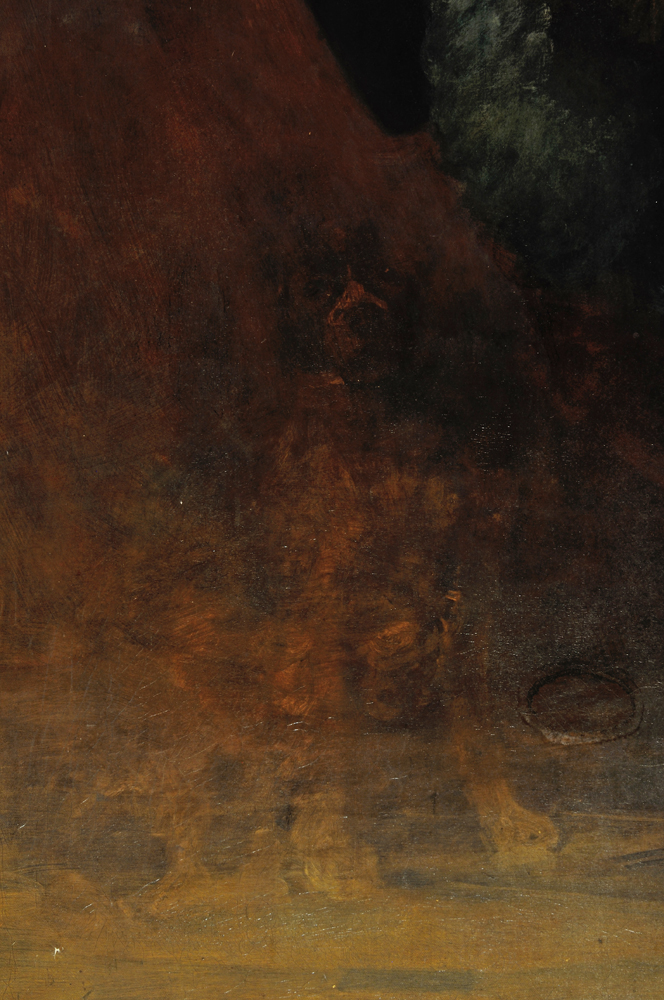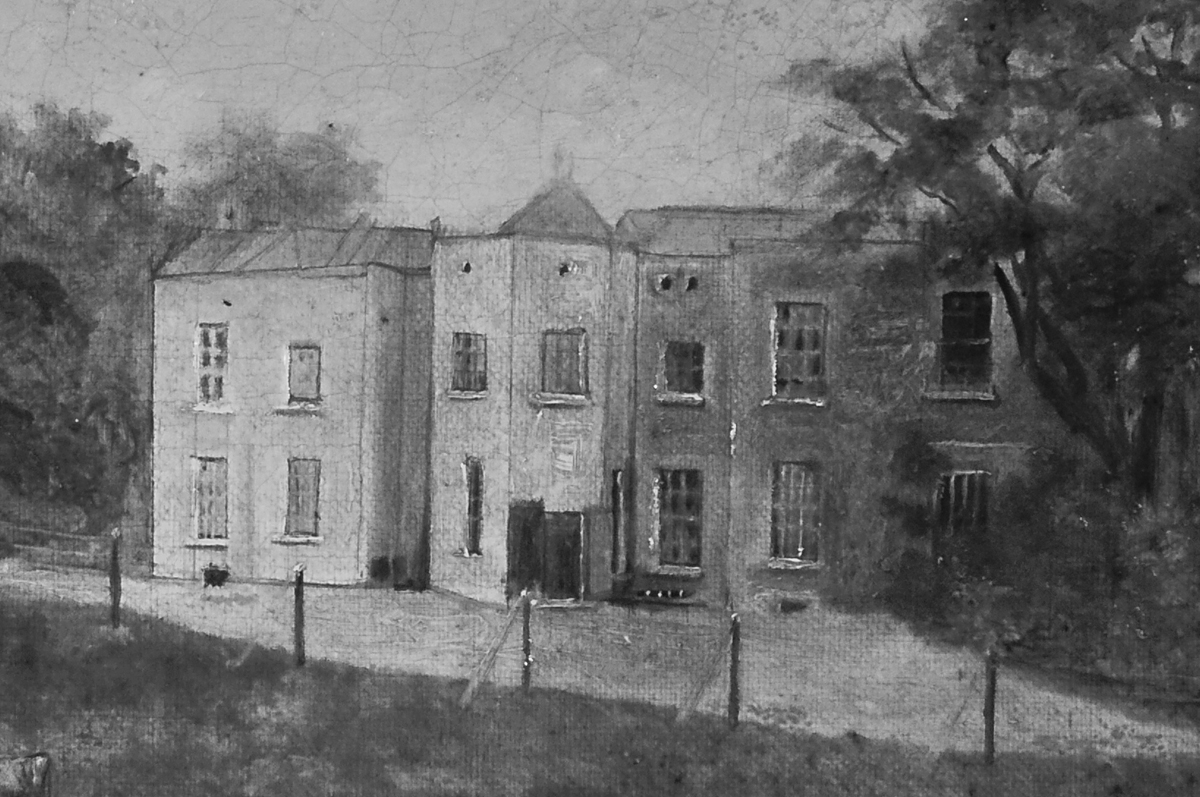Infrared radiation
Infrared radiation
Infrared radiation could best be described as electromagnetic radiation with a wavelength longer than that of visible light spectrum. The infrared examination technique detects highly absorbing carbon-based materials such as graphite, charcoal and ink. This examination enables the conservator to determine in a non-destructive manner what lies beneath the paint layers, in particular the underdrawing or outline of the painted composition drawn by the artist on the ground as a guide. Infrared light partly passes through the upper paint layers of the painting. The factors determining the permability of the infrared radiation through the painting layers are absorption and reflection back to the camera by the carbon present in the underdrawing. However, the thickness of the painting layer and its particular chemical composition, type of grout, oil and water binders, pigments and fillers, have also influence on the satisfactory results of the examination.
Moreover the infrared rays’ capability to pass through the varnish layer helps the conservators to examine the painting layer and discover later restorations treatments like retouchings but most important of all is the capability to reach the preparatory drawing which can provide information about the artists' technique and can also help to solve the problems of attribution.
The examination of artworks using this type of radiation can be recorded using infrared photography or infrared reflectography. For IR photography, the subject needs to be illuminated by an infrared radiation source which very often can be tungsten or halogen lamp. Different visible light blocking filters attached to the camera lens or sensor can be used to digitally record the findings. However, the narrow range of wavelengths used in infrared photography limits the pigments that are possible to penetrate. The IR reflectography offers greater sensitivity. The subject needs to be illuminated similarly to photography. This examination technique is capable of recording in a wider range of wavelengths, allowing for better penetration of different colours.






INFO






INFO



